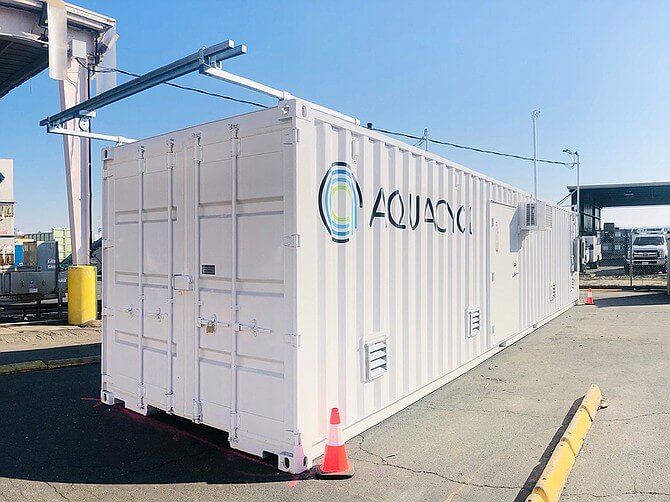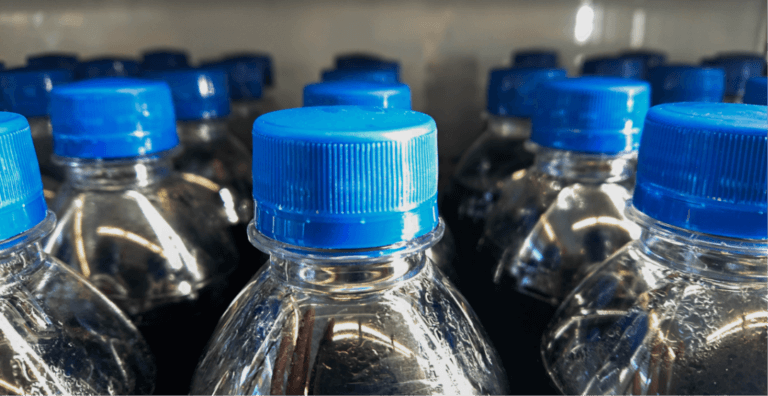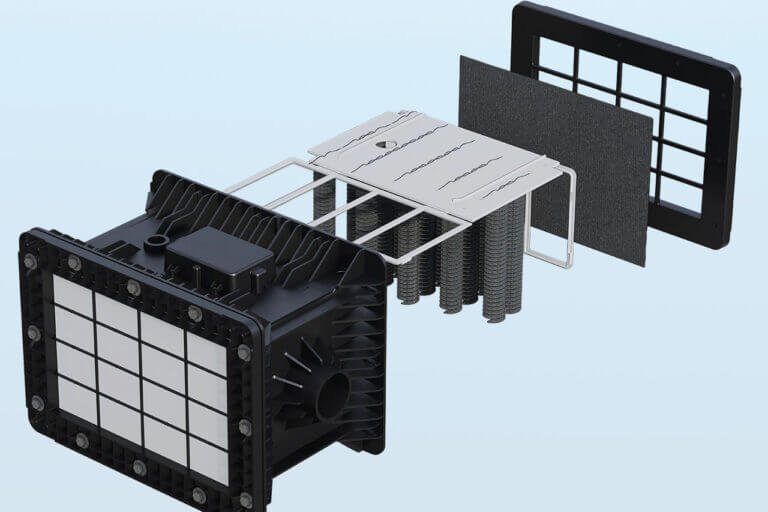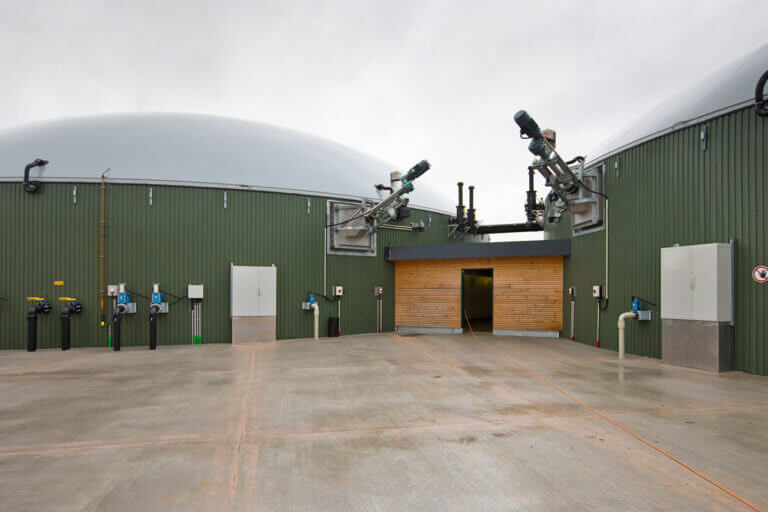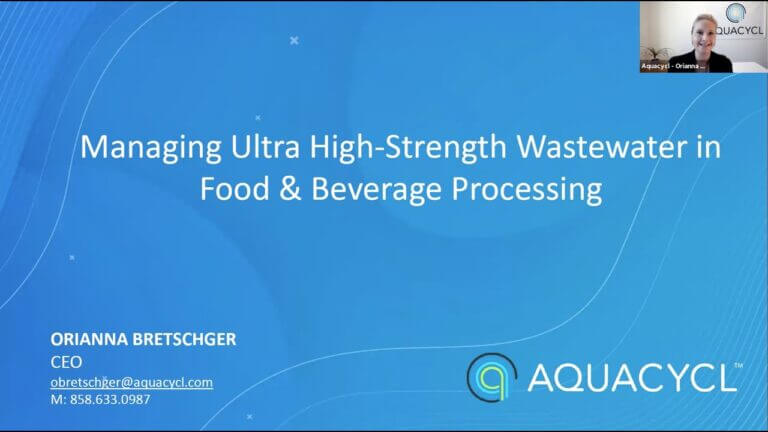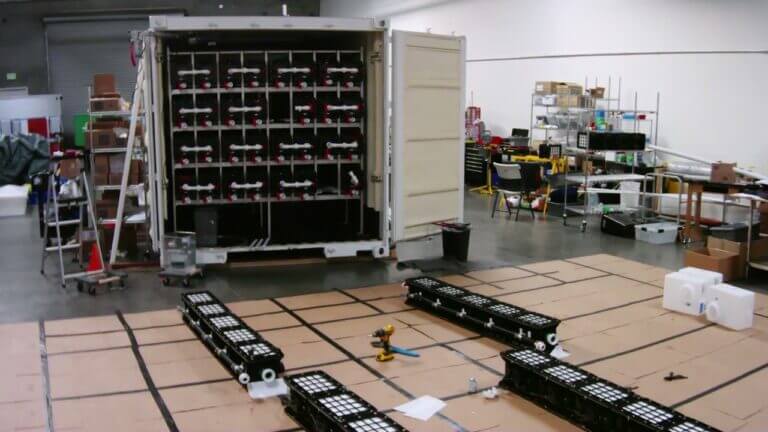From a public health and environmental perspective, proper wastewater treatment is crucial for ensuring food and water security, ecological health, and ensuring the safety of recreational water activities. It’s also heavily regulated, meaning companies and governments face consequences for improper treatment.
Wastewater treatment is the process of reducing the pollutants in the water to levels that allow the treated water to be released into the environment or reused for industrial purposes.
In broad strokes, wastewater treatment is too complex to be done with one single method, or even in a single step. Most treatment facilities adopt a framework that uses “preliminary, primary, secondary, and tertiary” steps. Each step becomes more granular, focusing on different contaminants and using different methods. Depending on the wastewater, some facilities may not use all four steps, but all of them will use a primary treatment method at a bare minimum.
The Wastewater Treatment Process: A Quick Overview
To understand primary treatment, you have to know the large context in which it occurs, as just one of a four step process.
Preliminary or Pretreatment
Preliminary treatment utilizes screening, pumping and grit removal to prepare wastewater for the main treatment cycles. Screening removes large materials that could cause problems further down the treatment cycle with machines called barscreens. Pumping moves the water to the highest point in the treatment facility to facilitate the remaining treatment steps. Grit removal uses special chambers where heavy solids settle to the bottom for removal. The remaining wastewater still contains high TSS, TDS, and BOD pollutants.
Primary Treatment
Primary treatment uses a combination of chemical, physical, and biological processes to remove floating fats, oils and grease, suspended solids, and organic pollutants. Primary treatment is among the most important steps for ensuring wastewater meets discharge standards.
Secondary Treatment
Secondary treatment further targets organic materials through aerobic and anaerobic processes, including biofiltration systems. It can also involve disinfection with UV light or chlorine to kill harmful microorganisms.
Tertiary Treatment
Tertiary treatment involves removing nutrients such as nitrogen and phosphorus through methods like sand, activated carbon, and zeolite mineral filtration. This step is key to prevent the eutrophication effects of wastewater.
What is Primary Treatment?
Primary treatment focuses on bringing the total suspended solids and BOD down by 25-40% and removing anywhere from 50-70% of TSS to prepare the water for secondary treatment. These metrics vary by facility and wastewater stream, but overall bring the wastewater to permitted discharge levels and allow for secondary treatment.
The Mechanics of Primary Treatment
Primary treatment uses chemical and physical methods for removing floating solids like fats and oils, suspended solids like metals, and depending on the facility, biological systems are used to remove BOD, although the latter are also part of secondary treatment cycles in many facilities.
Flocculation and coagulation are the primary means of removing “Total Suspended Solids “ (TSS). Coagulation involves adding compounds that cause floating solids to clump together for easier removal. Flocculation involves additives that cause coagulated particles to sink to the bottom of the treatment chambers. The nature of the wastewater determines which chemicals are used for each process as well as which process is required for effective treatment.
These chemical processes are expensive and have ongoing safety considerations, including the use of dangerous chemicals that are harmful in the event of spills, leaks, and other breaches.
Physical processes are often more cost effective, and include skimming and sedimentation, often in conjunction with coagulation. The specific wastewater contaminants determine which combination of treatments are most feasible.
Biological treatments include anaerobic and aerobic methods of reducing BOD in wastewater. As mentioned, these are often included in secondary treatment rather than primary treatment, since primary treatment is primarily used to remove solids as opposed to dissolved organic materials.
Aerobic treatment aerates the water with oxygen to break down the BOD contaminants. Anaerobic treatment uses digestion and membrane filtration to break down the organic materials, which produces methane that can be used to generate energy.
Industrial facilities with high levels of solids might consider this a secondary treatment, but facilities which produce high BOD wastewater with lower levels of solids in the wastewater stream might include biological into primary treatment.
Cutting Edge Technologies in Primary Treatment
New and emerging technologies allow for more effective primary treatments.
We may be biased, but we believe bioelectrochemical treatment technology is one of the most promising options for sustainable wastewater treatment.
These reactors use bacteria to break down the organic pollutants. Through their metabolic processes, these bacteria transport electrons to outside of the cell membrane. This generates electricity while biologically treating wastewater.
Incredible and mighty organisms.
Aquacycl: Innovating in Primary Wastewater Treatment
Aquacycl’s BETT system is leading the way in the primary treatment of high BOD wastewater, in particular for industrial pretreatment. The Aquacycl system uses modular microbial fuel cells to break down organic contaminants, allowing the wastewater to be safely released to sewer in compliance with permits and regulation.
Additionally, the onsite BETT system can be scaled up or down by adding or removing reactors, allowing facilities to start with a small investment and adapt to their changing wastewater output needs.
Prominent companies leveraging the Aquacycl system include PepsiCo, which uses the BETT reactors at its bottling plant in Fresno, CA, to reduce costs by 22% and address both climate and water goals.
To find out how Aquacycl can reduce costs with regards to your facility’s wastewater compliance and sustainability goals, chat with one of our wastewater experts today.




